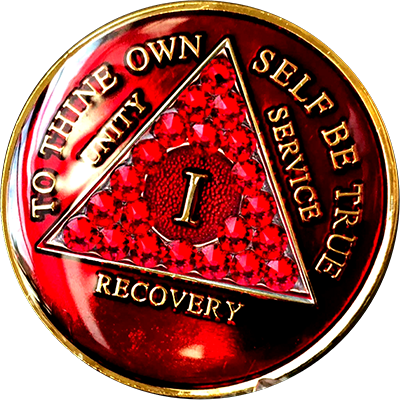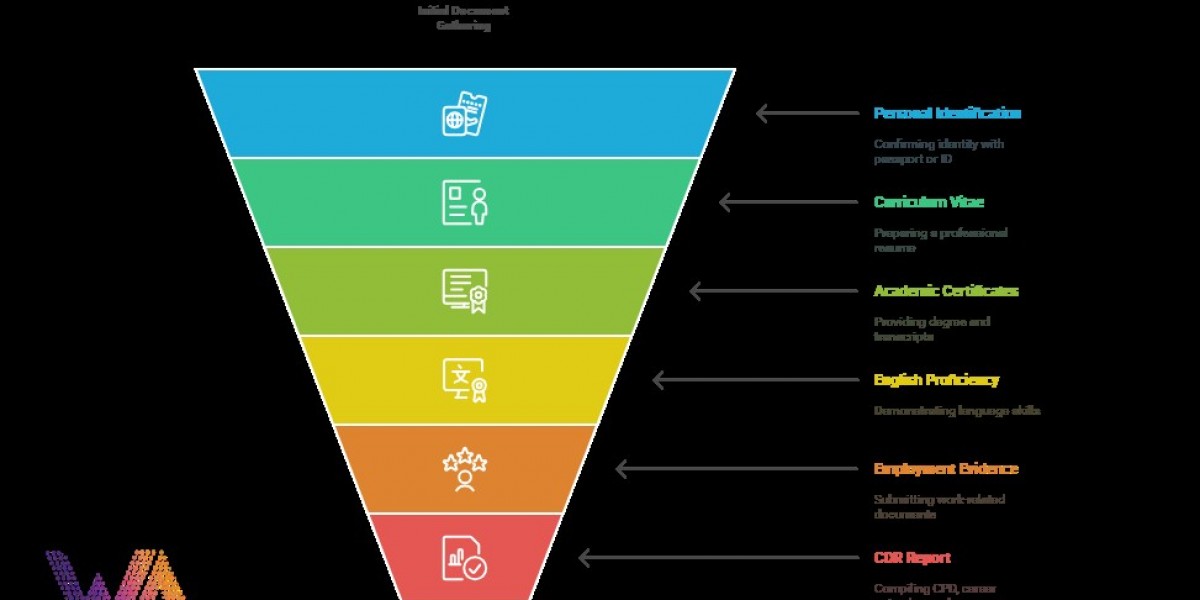If you’re an engineer planning to move to Australia, chances are you’ve already heard about the famous (or infamous!) CDR — the Competency Demonstration Report. But there’s another term that pops up everywhere during the process: ANZSCO codes.
Sounds technical? Yep. Confusing? At first, definitely! But once you know what they mean and why they matter, it becomes much simpler.
Let’s break this down together, in plain English, so it all makes sense.
What on earth are ANZSCO codes?
Alright, picture this: you’re at a Bunnings in Sydney, trying to find the right screw. There’s a code on every packet so you don’t grab the wrong one.
ANZSCO codes work the same way — they’re like official codes used by the Australian and New Zealand governments to classify every job or occupation.
ANZSCO stands for:
Australian and New Zealand Standard Classification of Occupations
In other words, it’s the “list” that says exactly what each type of engineer does. For example:
233211 = Civil Engineer
233512 = Mechanical Engineer
233914 = Engineering Technologist
Pretty straightforward once you see it like that, hey?
So why do ANZSCO codes matter so much in your CDR?
Let’s be real: writing CDR is already a bit of a mission. You have to:
✅ Pick your projects
✅ Explain your role
✅ Show your competencies
But before you even get to that part, you need to decide which occupation you’re being assessed for — and that’s exactly what the ANZSCO code does.
Here’s why it’s a big deal:
1. It shapes your whole CDR
Your chosen ANZSCO code basically decides what kind of engineer you’re telling Engineers Australia you are.
If you pick “Civil Engineer,” then your CDR must prove you’ve actually done civil engineering work — not IT or mechanical.
So choosing the wrong code = mismatch = higher chance of rejection.
? Fun fact: In 2022–23, Engineers Australia reported that the most common occupation codes applied under were Civil Engineer (233211) and Mechanical Engineer (233512).
2. It impacts your visa and migration pathway
Your ANZSCO code isn’t just for Engineers Australia. It’s also used by the Department of Home Affairs when you apply for a skilled migration visa.
If your code is on the Medium and Long‑term Strategic Skills List (MLTSSL), it usually means:
Better visa options
More points
Higher demand jobs
For example, Civil Engineer (233211) and Structural Engineer (233214) are on the MLTSSL, which means they’re in high demand.
3. It keeps your career path clear
Imagine spending weeks writing about your work, only to find out later that you picked a code that doesn’t match your experience. Nightmare, right?
Picking the correct ANZSCO code early means you’ll:
Focus your career episodes correctly
Avoid rewriting everything later
Show assessors exactly how your experience fits your occupation
How do you choose the right ANZSCO code?
Don’t overthink — but do check carefully. Here’s what helps:
✔️ Read the ANZSCO description:
Each code has a list of duties. Do those tasks match what you really do every day?
✔️ Match your degree and experience:
For instance, if your degree and most projects are in electronics, you wouldn’t pick “Civil Engineer.”
✔️ Look at migration lists:
If your goal is skilled migration, check which codes are on the MLTSSL or State occupation lists.
✔️ Ask for professional help:
Many engineers chat with registered migration agents or CDR experts just to double-check their choice.
Real talk: what if you get it wrong?
Engineers Australia might reject your CDR if your project work clearly doesn’t match the ANZSCO description.
? “We had a client who wrote brilliant episodes — but all on software. They applied as an Electrical Engineer. EA sent them a letter asking to change to Software Engineer or rewrite. It added months to the timeline,” says a migration consultant from Sydney.
Why it matters even more for migrant engineers
According to Engineers Australia’s 2022 Annual Report:
Over 9,000 engineers applied for a skills assessment via the CDR pathway
Many came from countries like India, China, Iran, Pakistan and the Philippines
For these engineers, the ANZSCO code does double duty:
It shows Engineers Australia they meet the professional standard
It tells the Department of Home Affairs exactly what job they're applying under
Getting it right the first time means a smoother assessment and visa process.
Tips for making your CDR match your ANZSCO code
- Use project examples directly related to your chosen occupation
- Highlight tasks listed under that ANZSCO code description
- Avoid generic stories — be specific about design, analysis, leadership, etc.
- Use correct technical terms (but still keep it clear and personal)
A quick Aussie analogy
Think of the ANZSCO code like choosing the right ticket at a footy game:
Pick the wrong stand = you won’t get through the gate
Pick the right ticket = smooth entry and you get to enjoy the match
Same with your CDR: the right code = the right career door opens.
Final words: it’s not just a code — it’s your career label
The ANZSCO code isn’t just admin — it shapes your entire migration story.
Choose it wisely, match your evidence carefully, and you’ll set yourself up for a successful Engineers Australia assessment and a strong visa application.
And remember: thousands of engineers migrate successfully each year — and it all starts with picking the right code.
If you'd like, I can also help draft your Career Episodes or Summary Statement based on your chosen ANZSCO code. Just say the word!































